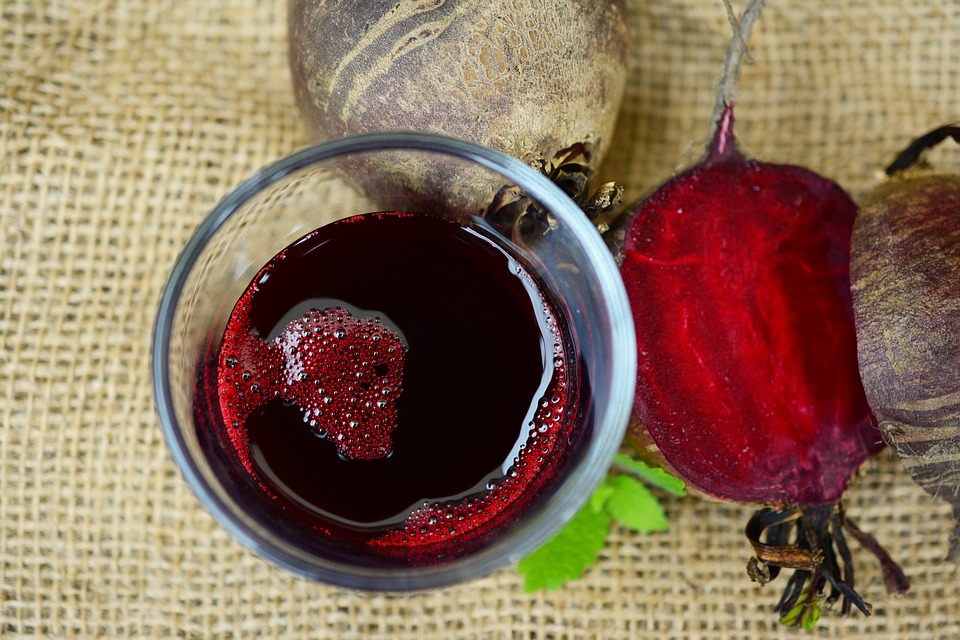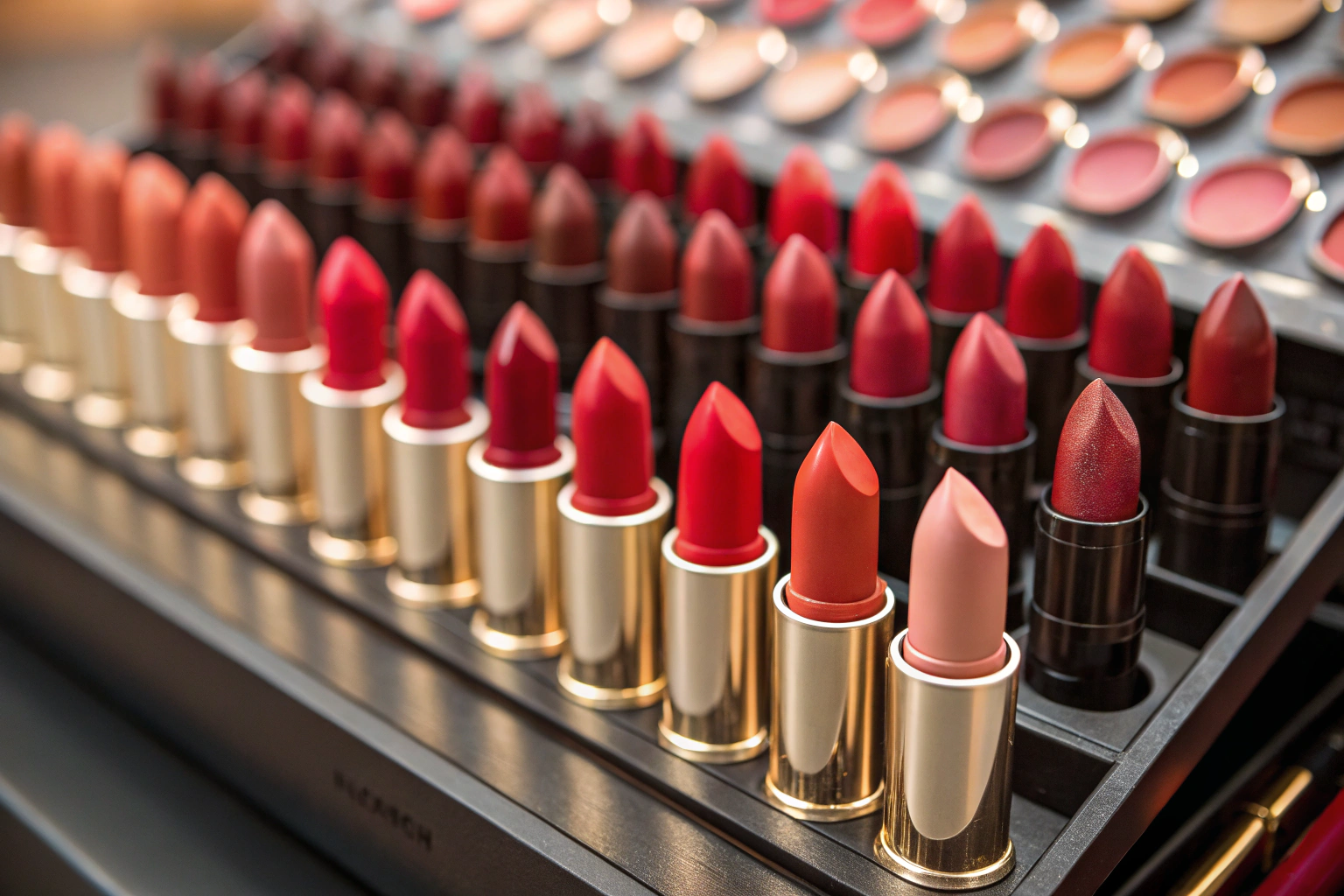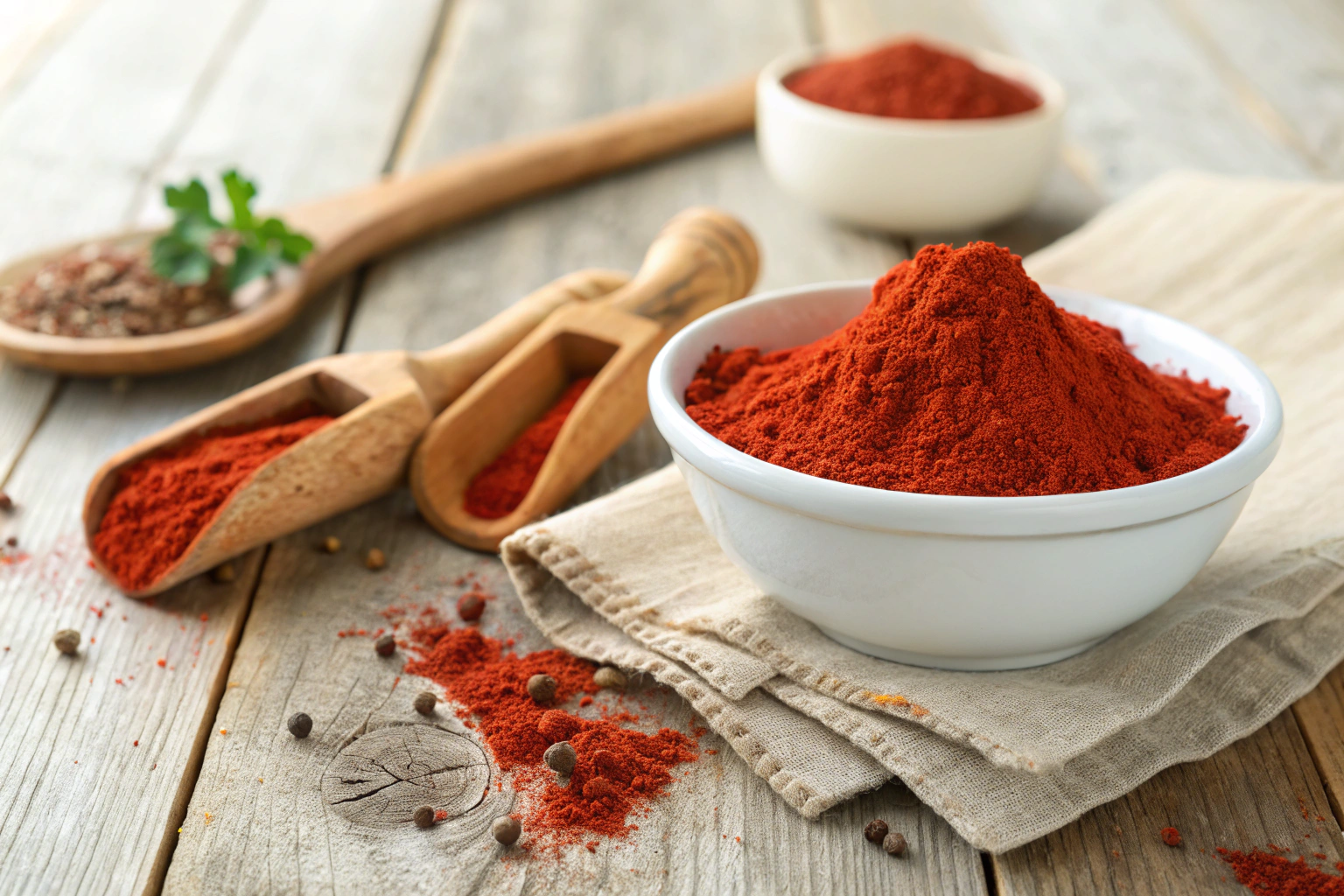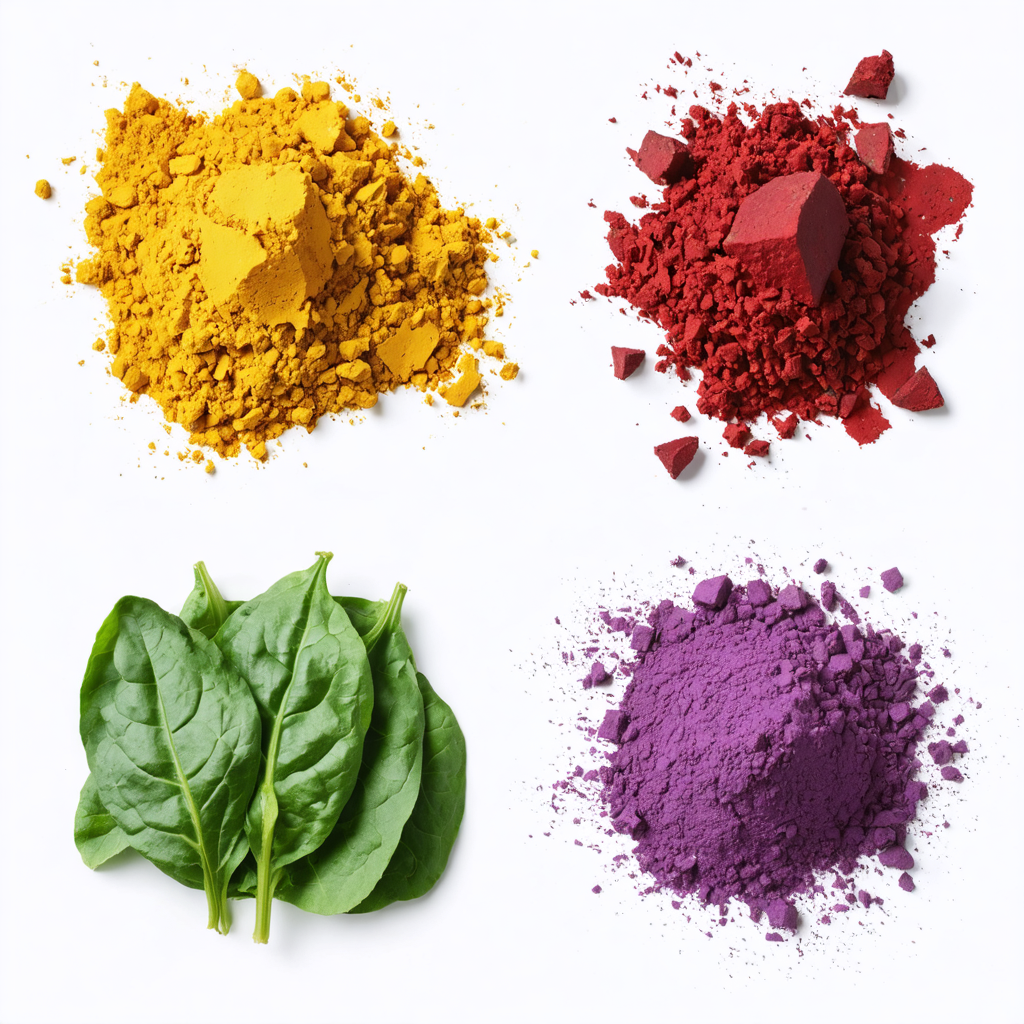When you search “beet red color” or beet E162 on your favorite search engine, you get to see multiple advantages and disadvantages of using this food additive. For a fact, there are synthetic dyes that try to mimic this natural food color.
Red 40 for example, is entirely artificial and delivers the desired red hue quite the same as E162 beet red. However, Red 40 mainly consists of chemicals and has zero nutritional value to human health. This makes E162 one of the most nutritive food colors and best preferred natural food coloring ingredient.
Table of Contents
ToggleIf You’re a DIY Kinda Person, Here’s How to Make Beet E162
In case you’re wondering how to make this vibrant natural food color, there are multiple ways you can obtain this red pigment.
Blend beets to obtain raw beet E162
Chop a few beets and blend them using a juicer or a blender. Beet juice extracted from a blender is always viscous, therefore it is important to remember that more water helps with consistency.
Also, you might want to consider the number of beets used to make this juice because too many beets make the flavor more prevalent and it might upset your pallet. You might also consider making beet syrup if you’re looking for a sweeter option.
Make beet puree
Pureeing is the art of crushing vegetables or fruits into a thick smooth sauce that can be added in baked products or other culinary purposes. You can also make beet E162 by boiling, crushing, and sieving them to obtain a smooth extract better than juice.
One of the main advantages of using beet puree instead of beet juice is that, beet puree offers slightly more calories, minerals and essential vitamins compared to beet juice. Also, this specific puree provides antioxidants that effectively boost the immune system and prevents excess cell damage in the body.
To make beet E162 puree, boil the desired beets (with skin) until tender. When ready, remove beets from pan and remove the skins. Since the skins are edible, you might consider adding them to salads because of their tremendous cardiovascular health benefits.
Blend the peeled beets and add water or milk until you obtain the desired consistency. If the beet puree has lumps or big vegetable chunks, strain or sieve them for a more consistent food dye.
Boil beets in water
Boiled beets also release color. When you buy beets from your local grocery store, just make sure to thoroughly wash them and remove all dirt. Dice or cut the beet in chunks and boil them in a covered pot.
Let the beets simmer until tender or until there’s just a few spoon-full of water left. This water is your beet juice and can be used as food color. However, remember that beet water is more dilute and waterier than beet puree and raw beet juice.
You can use the boiled beets to make squash or fruit punches, best served chilled!
Always Remember That
Consuming too much beet 162 can make urine or poo have a red, pink or magenta pigment. However, this shouldn’t shock you because according to Harvard Health Online, beeturia () doesn’t indicate serious health problems.
Do you have other methods you use to obtain beet red food color? Let me know in the comments below and I’ll be sure to feature your comments in my next article!




